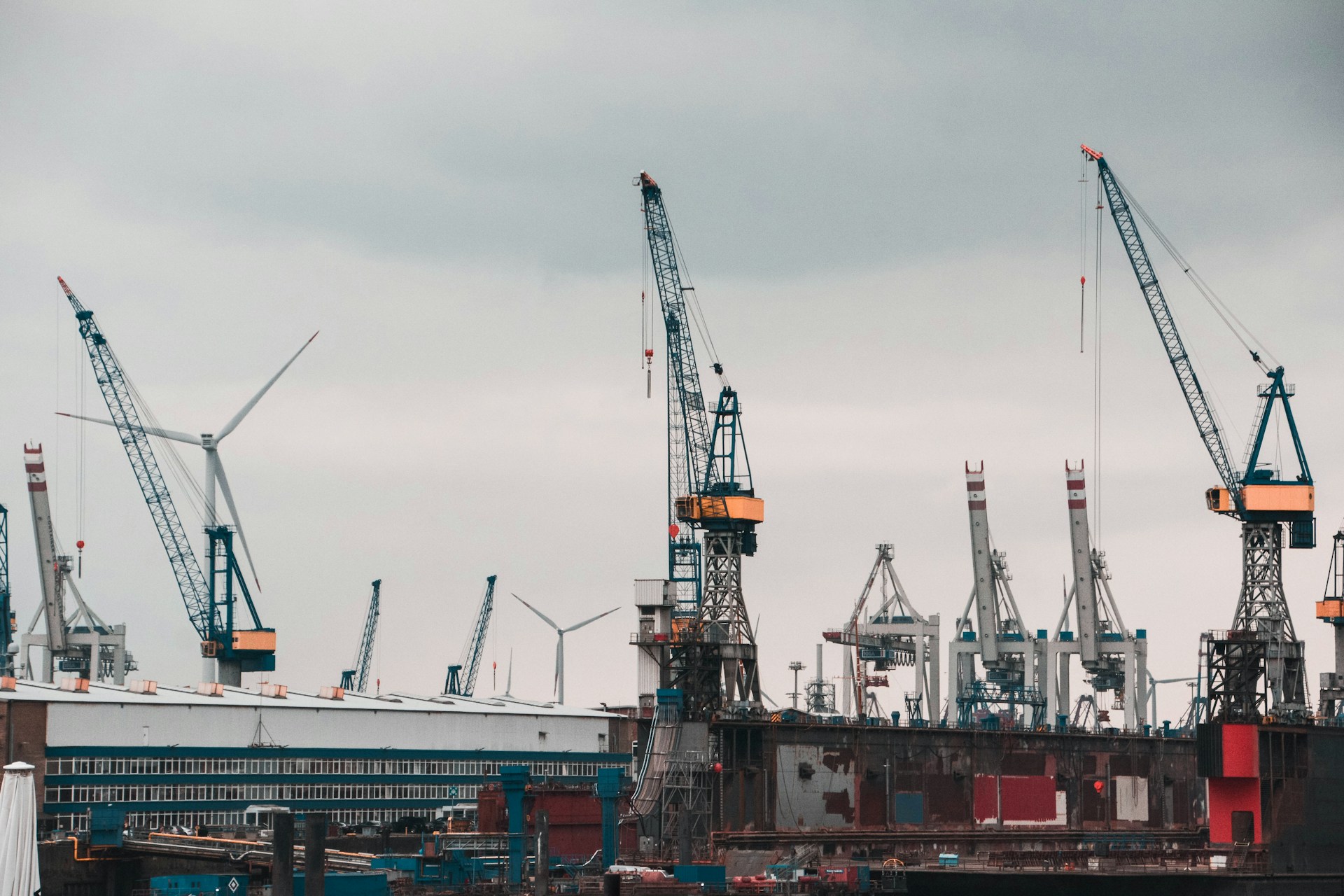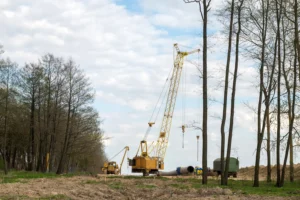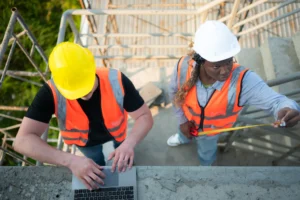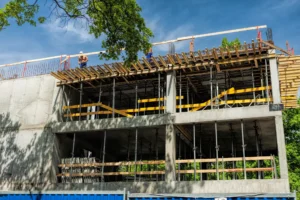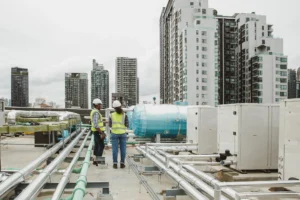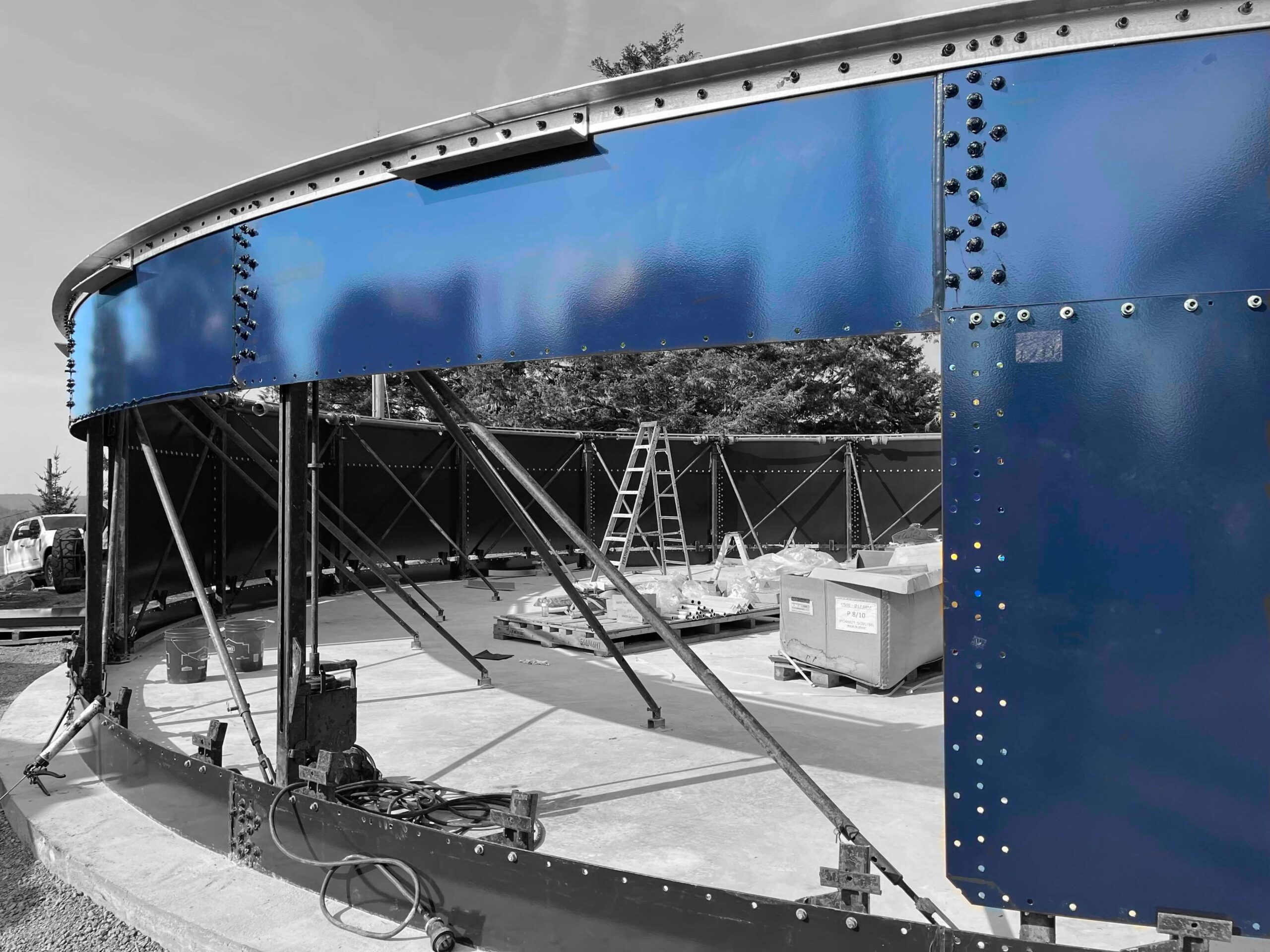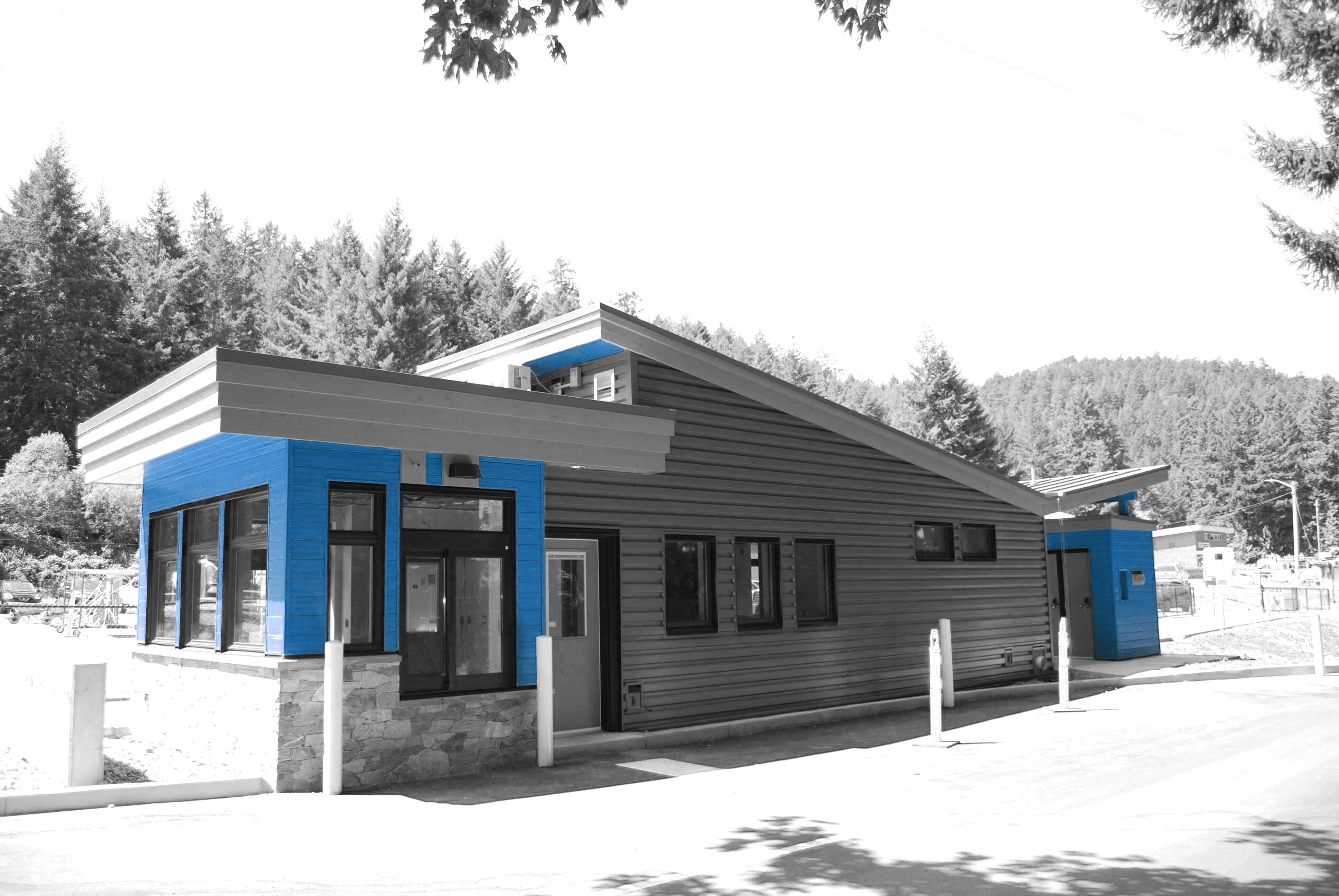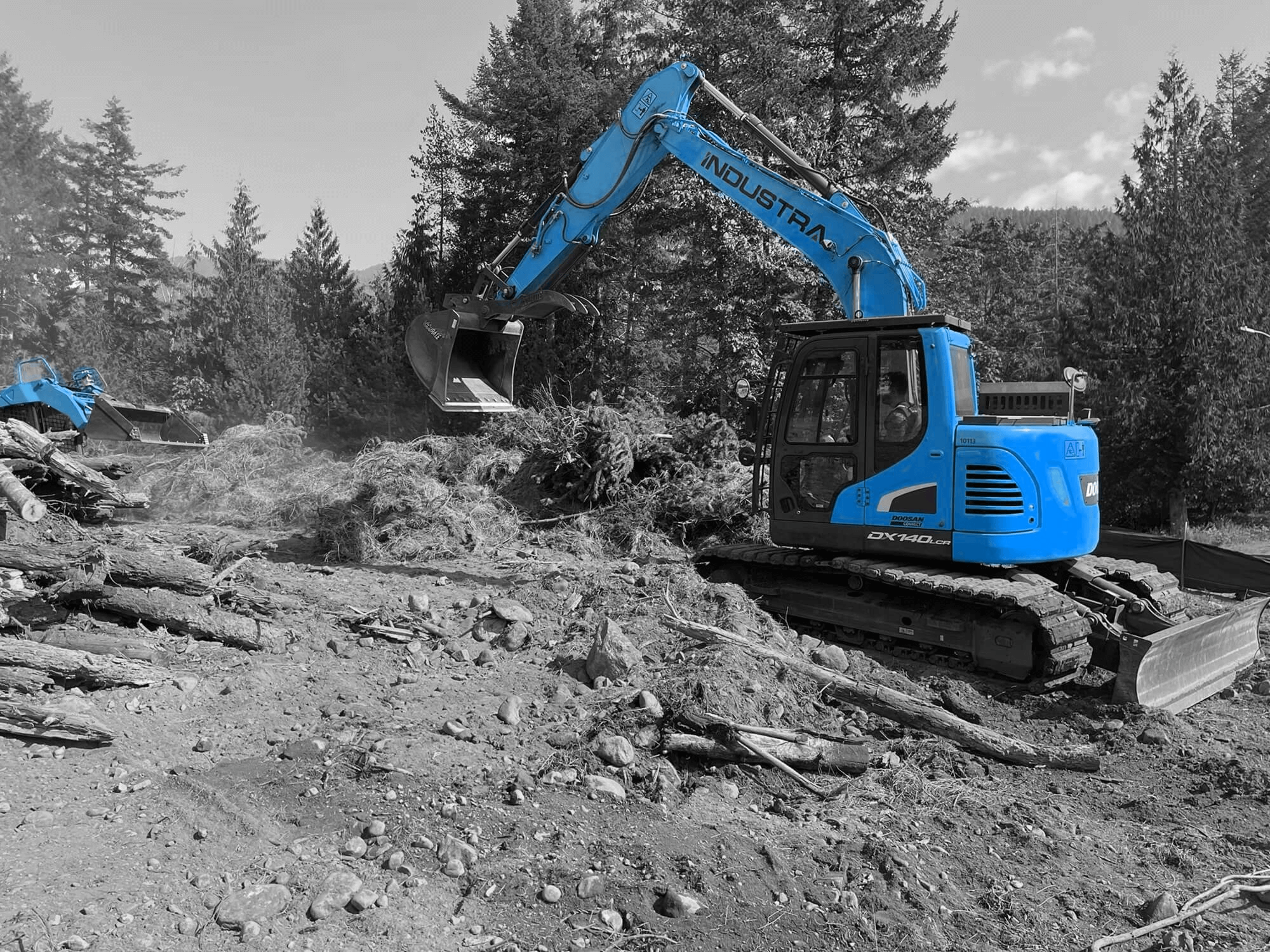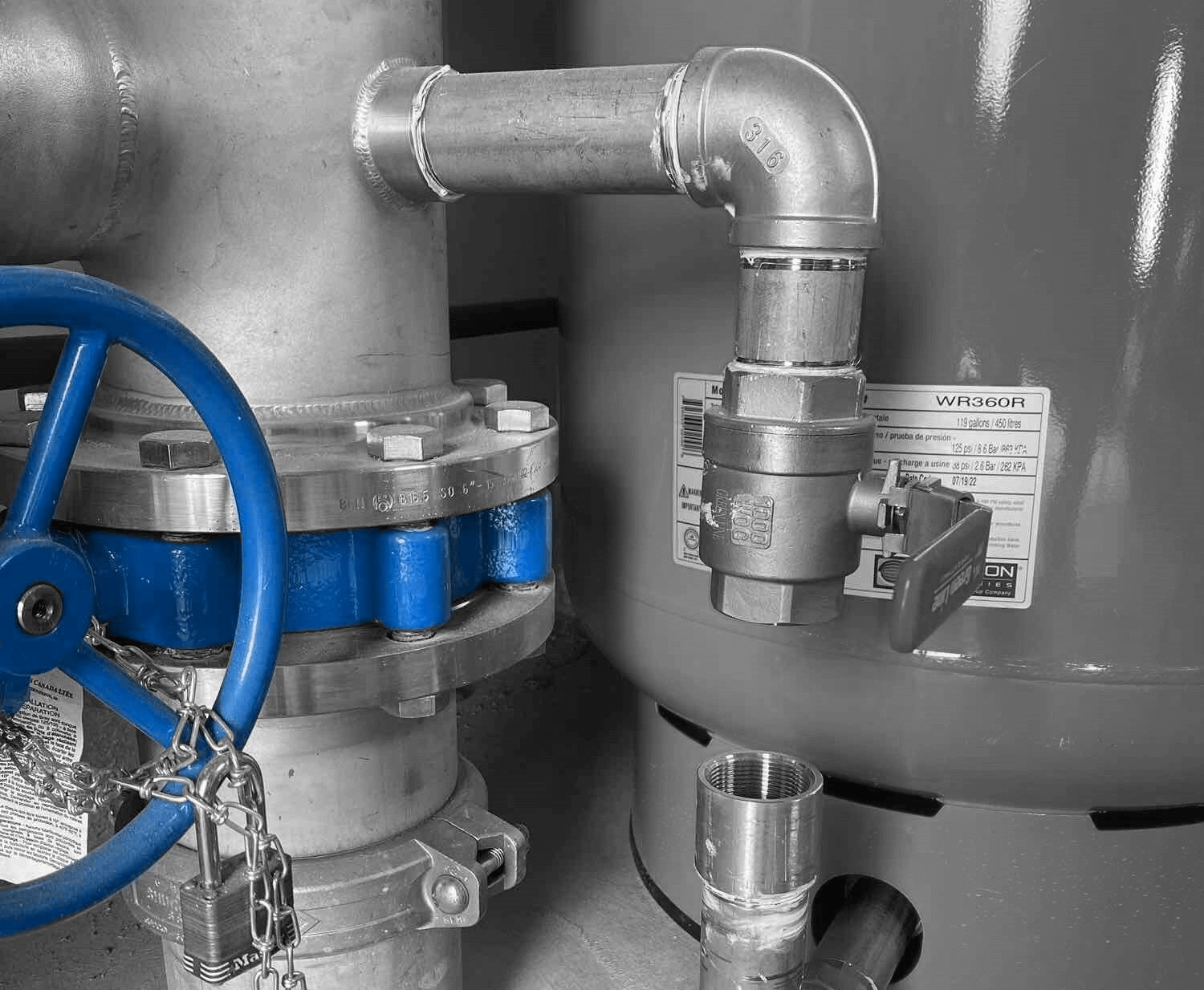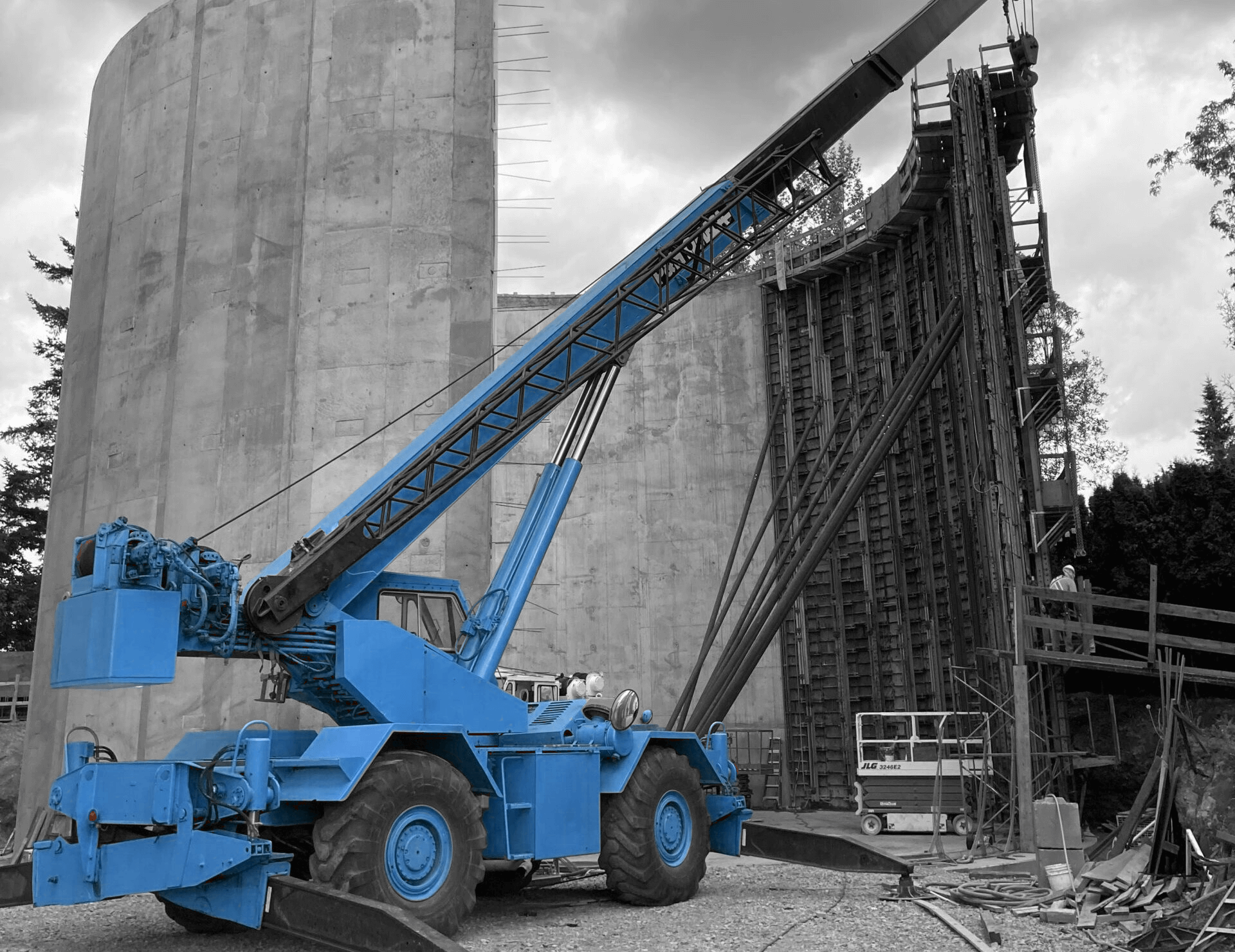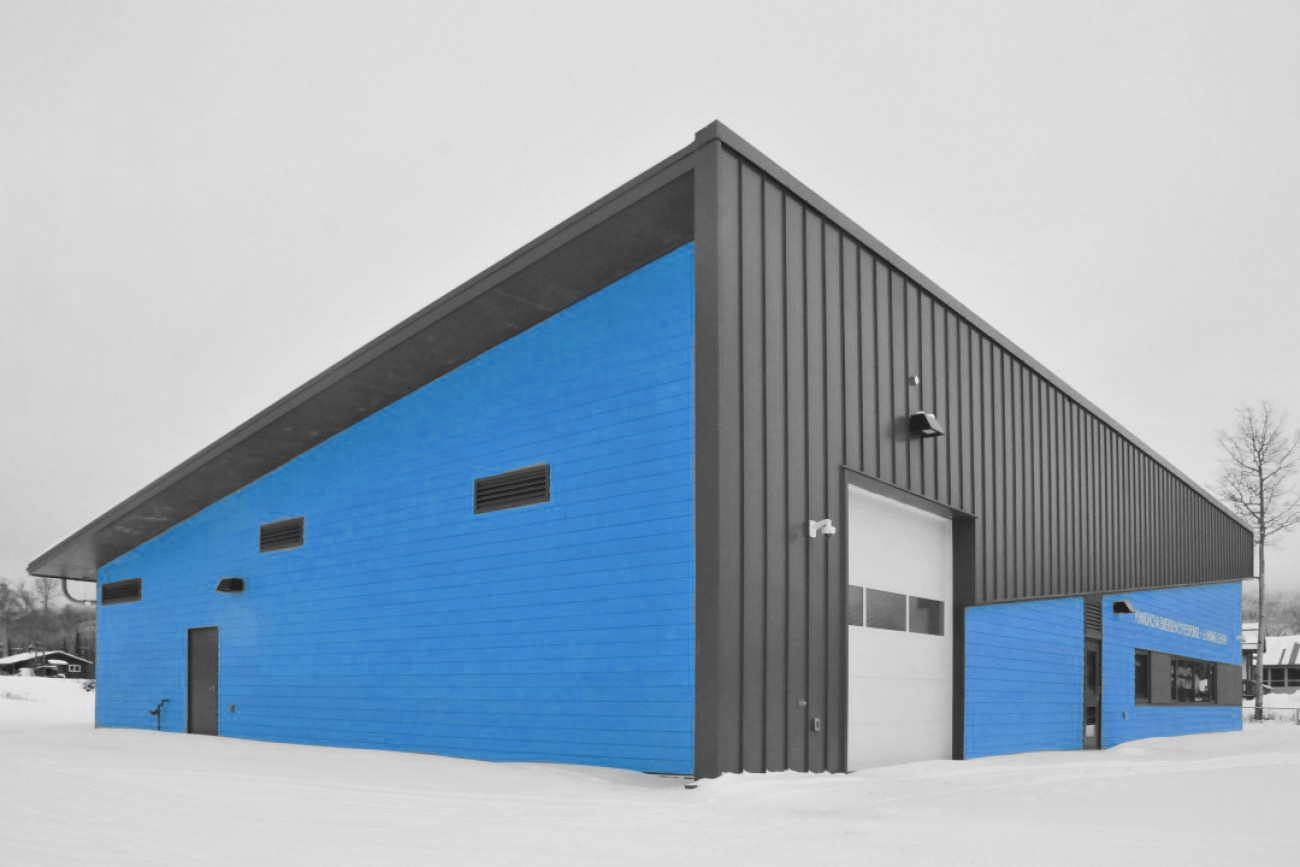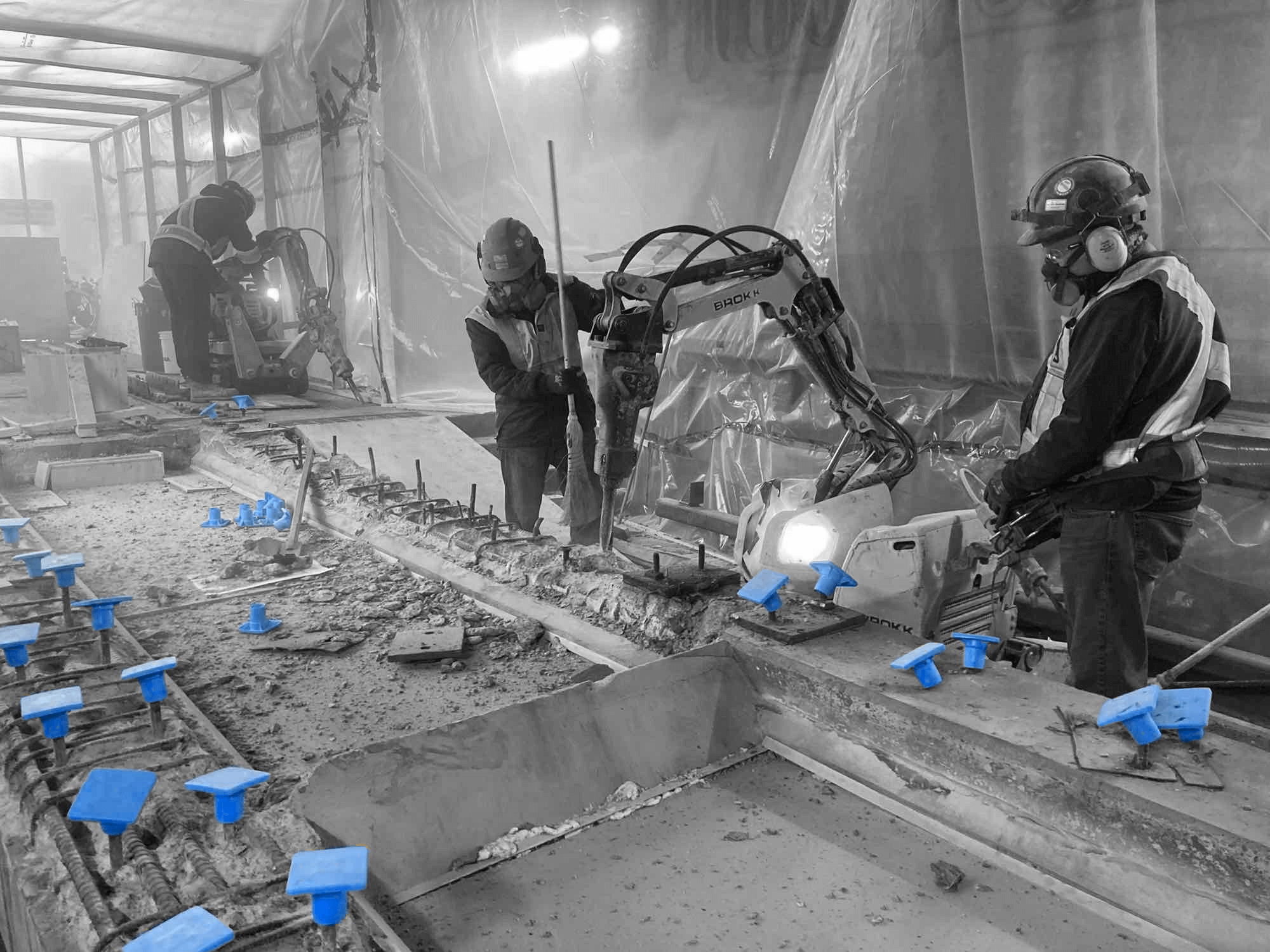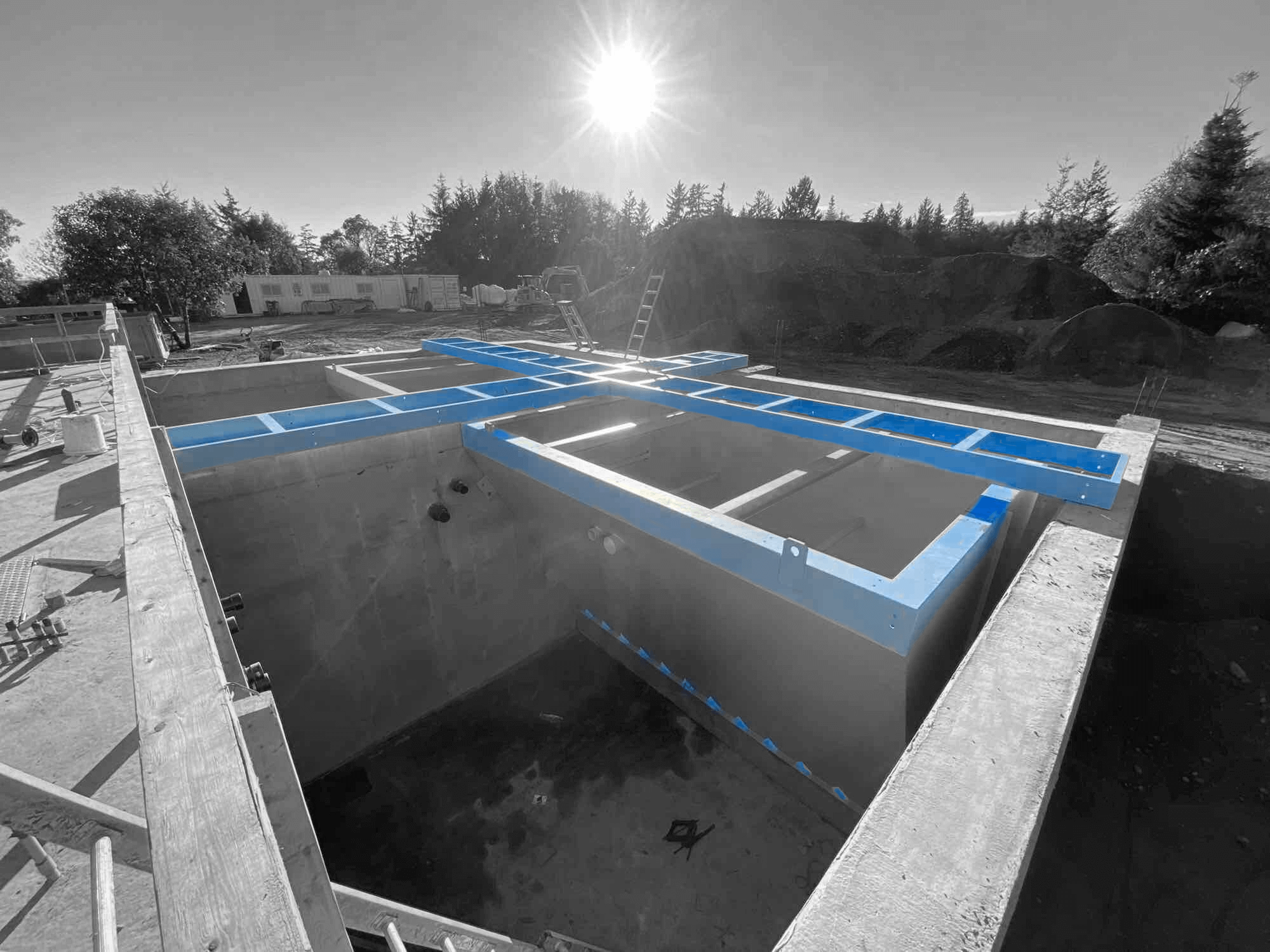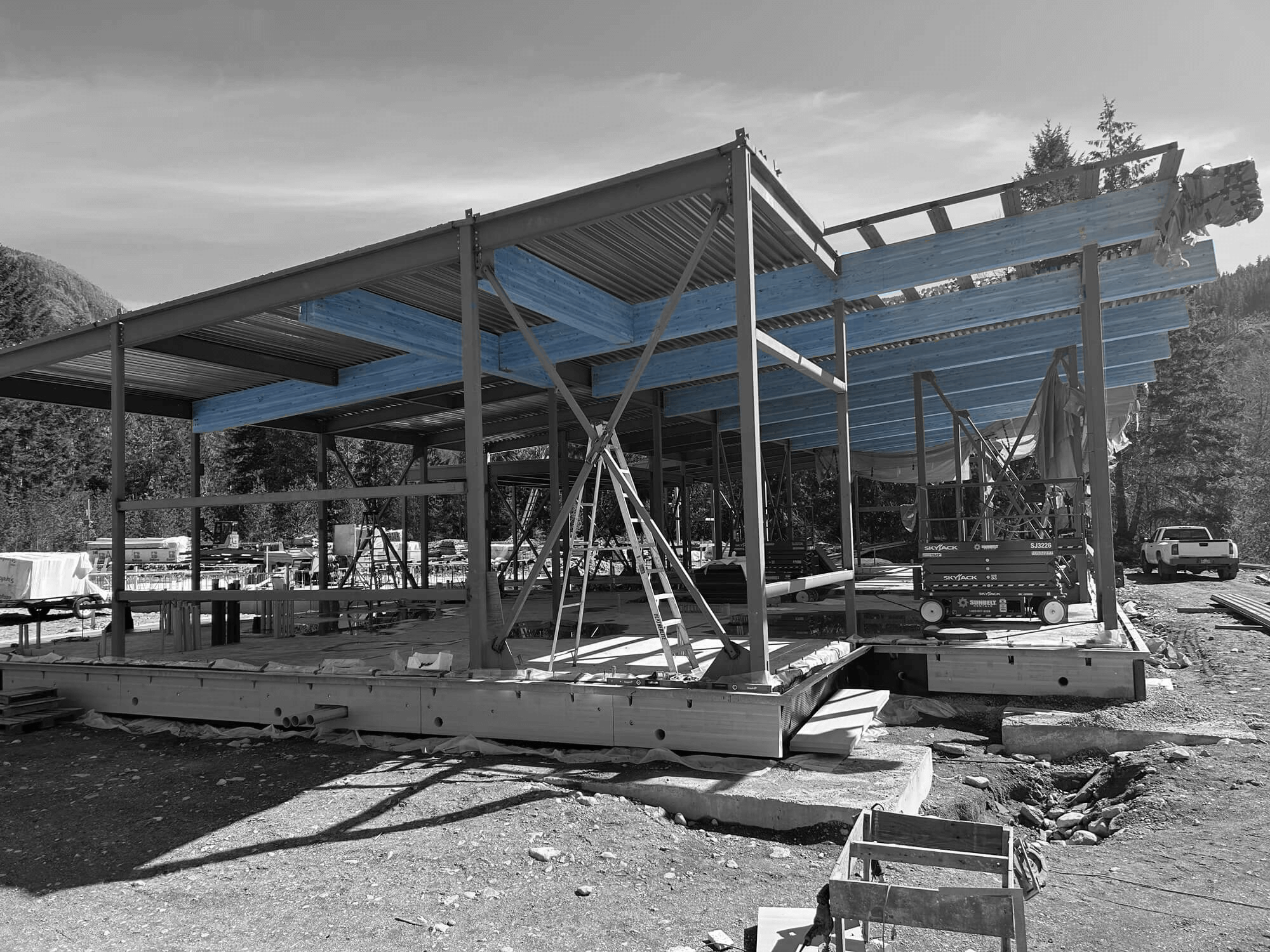Urban areas present unique challenges and opportunities for marine construction projects. With growing environmental concerns and the necessity for sustainable development, innovative solutions become vital. Urban marine construction involves working within densely populated environments where the impact on local ecosystems and existing infrastructure requires careful consideration.
For instance, the complexity of constructing a marina or a port in a city like Toronto requires balancing the needs of the urban population and environmental preservation. Urban marine projects often face constraints of limited space and strict regulatory guidelines, yet they provide an opportunity to improve city waterfronts and promote sustainable development.
Innovative Materials for Marine Construction in Urban Areas
Choosing the right materials plays a significant role in the success of marine construction projects within urban settings. Modern materials enhance the longevity, strength, and environmental compatibility of structures. Some of the new materials being used include:
– Fibre-Reinforced Polymer (FRP): Known for its resistance to corrosion, FRP is becoming a popular choice in marine environments. It tends to last longer than traditional materials and requires less maintenance.
– High-Performance Concrete (HPC): HPC offers greater durability and resistance to weathering. It’s being used in seawall construction and urban piers.
– Eco-Friendly Compounds: Certain compounds help reduce the ecological footprint of construction projects. These materials are biodegradable and made from renewable resources.
Using these materials has clear benefits. They offer improved durability and lower maintenance costs. However, some may come with higher upfront costs and require skilled labor for installation. Despite these drawbacks, many urban projects are turning to these innovative materials. An example can be seen in the redevelopment of Vancouver’s waterfront, where new materials have been successfully implemented to create resilient, efficient structures while minimizing environmental impact.
In summary, the selection of advanced materials not only supports the structural integrity of marine projects but also aligns with the environmental goals of modern urban development. As challenges in urban settings increase, innovation in materials will continue to be a critical factor in the success of marine construction projects.
Advanced Technologies Revolutionizing Marine Construction
Technology is playing a crucial role in reshaping marine construction practices, making projects safer and more efficient. Urban areas like Mississauga are embracing these advancements to overcome the unique challenges of building along waterways. Some key technologies making waves in this field include:
– Drones: Used extensively for surveying and monitoring sites. Drones offer detailed aerial views, enabling better planning and tracking progress.
– Robots: Assist with repetitive and hazardous tasks, reducing human error and ensuring consistent quality.
– 3D Printing: Allows for the quick production of complex building components, reducing the time and costs associated with traditional methods.
These technologies bring numerous advantages. They improve accuracy, which cuts down on material waste, and their precision enhances safety on busy job sites. An example of successful implementation is found in the construction of urban piers, where drones provided real-time data, significantly speeding up the surveying process and ensuring the project met all safety standards.
Sustainable Practices in Marine Construction
As more cities seek eco-friendly solutions, sustainability has become a cornerstone of modern marine construction projects, especially in urban settings. Addressing environmental concerns involves several effective practices:
– Use of Renewable Energy Sources: Integrating solar panels and other renewable technologies into construction sites.
– Waste Reduction Programs: Implementing recycling initiatives and opting for reusable materials on-site.
These sustainable methods significantly decrease the environmental impact of projects. For instance, in a recently completed project, using renewable energy sources significantly lowered carbon emissions, aligning the construction with community environmental goals.
Overcoming Regulatory Challenges in Urban Marine Construction
Navigating the complex regulations that govern urban marine construction requires a proactive approach. Cities like Surrey implement stringent guidelines to protect both the environment and public spaces. Typical challenges include obtaining permits and meeting environmental standards set by local authorities.
To effectively manage these challenges, construction teams employ several strategies:
– Early Engagement with Regulators: Establishing open lines of communication.
– Comprehensive Impact Assessments: Conducting detailed studies to ensure compliance with environmental regulations.
Projects like those along Ontario’s waterfront have demonstrated that early engagement with regulators leads to smoother approval processes, allowing construction to remain on schedule and within legal parameters.
Building Resilient Marine Structures in Urban Settings
Beyond innovation and sustainability, resilience is pivotal in urban marine construction. Structures must withstand harsh weather conditions and potential sea level changes. Achieving this involves using advanced engineering techniques such as:
– Elevated Foundations: Protects structures against rising water levels.
– Reinforced Materials: Ensures durability against natural disasters.
A notable example is in Vancouver, where elevated foundations have been integrated into new waterfront developments. This approach not only safeguards against flooding but also extends the lifespan of these infrastructures.
Successful Urban Marine Construction Projects
Embracing innovation, sustainability, and resilience leads to the success of marine construction projects in urban environments. By adopting the latest technologies and environmentally conscious practices, teams can deliver projects that meet modern demands while respecting local regulations.
The future of urban marine construction lies in striking a balance between technological advancement and sustainable development. By focusing on materials, technologies, and regulations, cities can look forward to a future where their waterfronts thrive both economically and ecologically.
To explore the best approach for your urban marine construction project, trust Industra Construction Corp. for expert guidance. Whether you’re tackling innovative materials, advanced technologies, or navigating sustainability and regulatory challenges, we are here to help. Learn how leading companies for marine construction successfully manage complex projects and enhance urban waterfronts.


